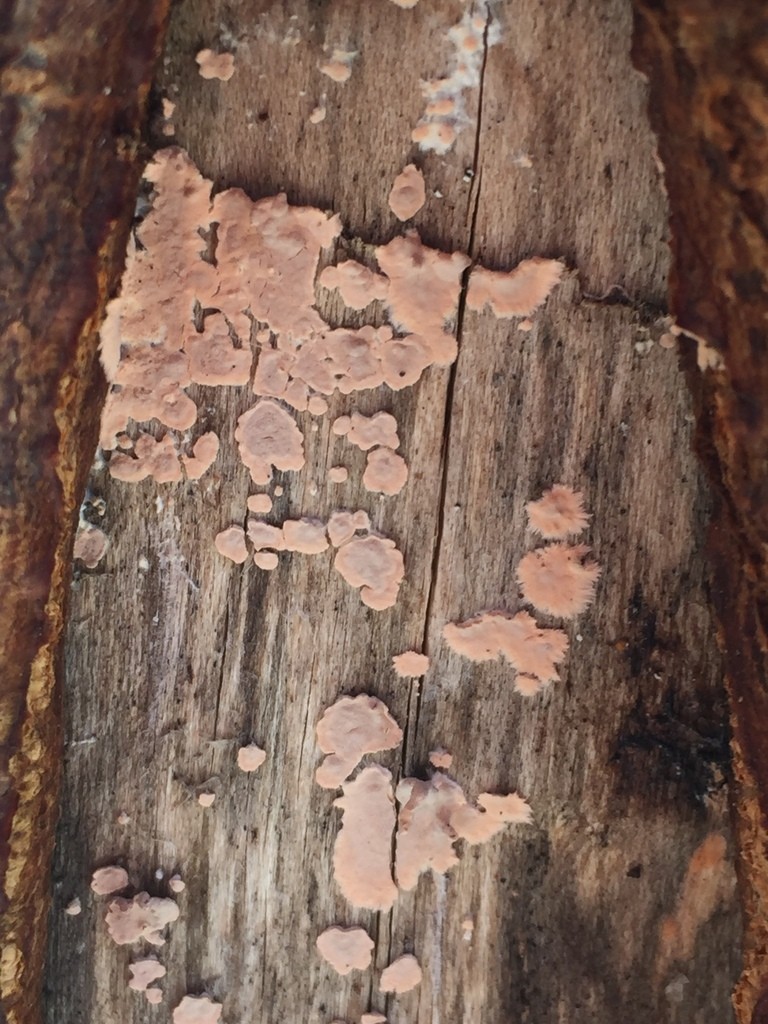Corticium
Scientific name: Corticium
Corticium
Scientific name: Corticium
 Photo By Carl-Adam Wegenschimmel , used under CC-BY-4.0 /Cropped and compressed from original
Photo By Carl-Adam Wegenschimmel , used under CC-BY-4.0 /Cropped and compressed from original Description
Corticium, known for its variety, is mainly found on decaying wood. This group forms smooth, crust-like layers on the surfaces they inhabit. They play a crucial role in breaking down tough plant material, recycling nutrients back into the ecosystem. Some species of corticium are known for their distinctive colors, ranging from white to pink or yellow, adding a splash of color to forest floors and dead logs.
Species of Corticium
Scientific Classification
Phylum
Club fungi Class
Mushroom-forming fungi Order
Corticiales Family
Corticioid fungi Genus
Corticium